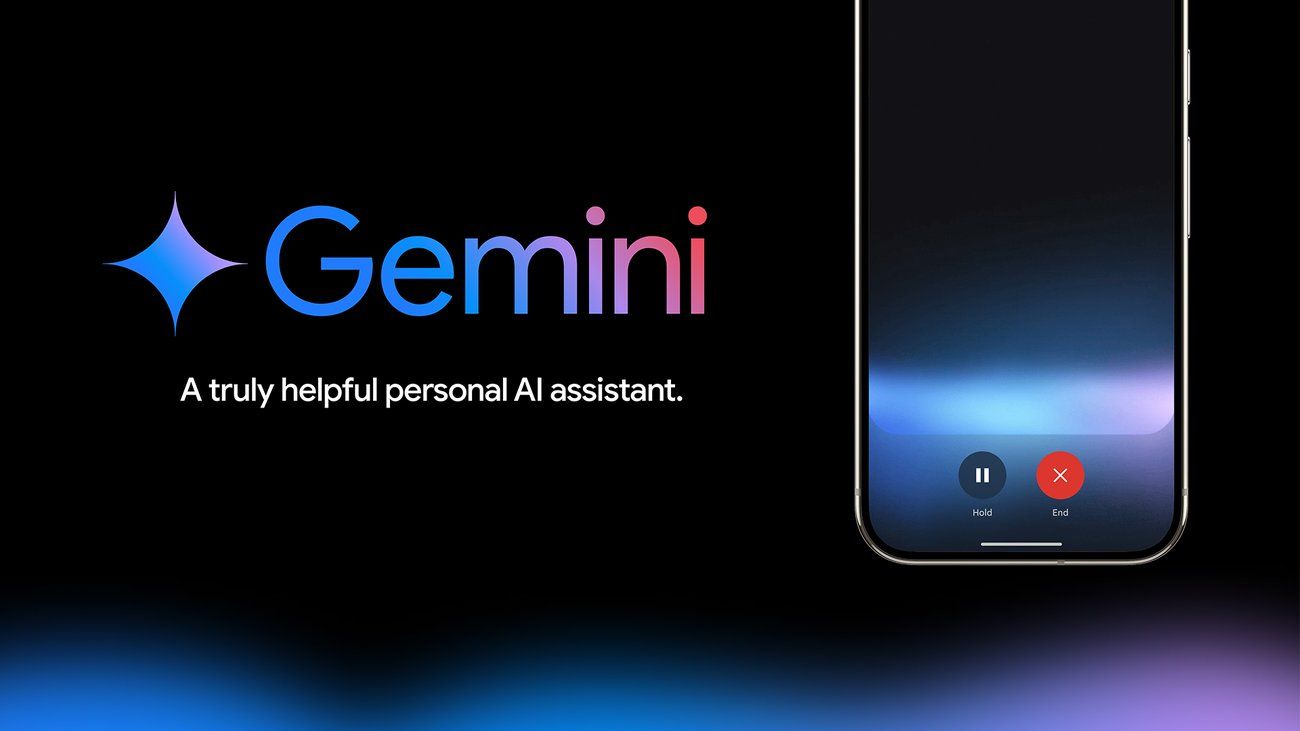Introduction
The release of Gemini 3 marks a significant step forward compared to version 2.5 Pro, offering superior capabilities in almost every operational area. However, unlocking the true potential of this model requires adapting your interaction strategies. Gemini 3 Prompting demands a different approach: less persuasion and more logic, less verbosity and more direct instructions. This guide explores structural principles and best practices to optimize workflows with the new generation of AI.
Core Prompting Principles
To achieve maximum performance from Gemini 3, it is essential to understand that the model favors efficiency. Here are the pillars on which to build your prompts:
- Precise Instructions: Cut the fluff. Gemini 3 responds best to clear, direct commands rather than long, discursive explanations.
- Consistency & Parameters: Maintain a uniform structure (e.g., standardized XML tags) and explicitly define ambiguous terms.
- Output Verbosity: By default, the model is concise. If you need a conversational or "chatty" tone, you must explicitly request it.
- Multimodal Coherence: Treat text, images, audio, and video as equal-class inputs. Instruct the model to synthesize information across modalities, not analyze them in isolation.
- Constraint Placement: Place behavioral constraints and role definitions at the beginning of the prompt or in the System Instructions to anchor the model's reasoning.
Handling Long Context
When working with large amounts of data (books, codebases, long videos), specific instructions should be placed at the end of the prompt, after the data context. It is crucial to use anchoring phrases like "Based on the information above..." to bridge the gap between data and query.
Reasoning and Planning
An effective prompt doesn't just ask for an answer; it structures the AI's thought process. Integrating explicit planning phases drastically improves output quality.
Before providing the final answer, it is useful to ask the model to:
- Decompose the goal into distinct sub-tasks.
- Verify if input information is complete (and stop to ask if it's missing).
- Evaluate if there are "power user" methods or shortcuts better than the standard approach.
- Create a self-updating TODO list to track progress.
"Critique your own output: Did I answer the user's intent, not just their literal words? Is the tone authentic?"
Structured Prompting
Using XML-style or Markdown tagging creates unambiguous boundaries that help the model distinguish between instructions and data. It is critical to choose one format and keep it consistent without mixing them.
An example of effective XML structure includes dedicated sections like <rules> for guidelines, <planning_process> for strategy, and <context> for user data. This modular approach reduces hallucinations and improves adherence to instructions.
Autonomous Agents and Tool Use
In the context of agentic workflows, Gemini 3 benefits from a "Persistence Directive." The agent must be instructed to keep working until the request is completely resolved, analyzing tool errors and trying alternative approaches without immediately yielding control back to the user.
Before activating any tool, the model should explicitly reflect on:
- Why it is calling that tool.
- What specific data it expects to retrieve.
- How this data will contribute to the final solution.
Domain Specific Use Cases
Gemini 3 Prompting strategies vary based on the application domain:
- Research and Analysis: Decompose the topic into key questions, analyze sources independently, and synthesize. Golden rule: every claim must have a citation [Source ID].
- Creative Writing: Identify audience and goal. If the tone needs to be empathetic, explicitly ban robotic corporate jargon. Read internally to ensure it doesn't sound like a template.
- Problem Solving: Identify the "Standard Solution" and then the "Power User Solution." Present the most effective method, even if it deviates slightly from the requested format, as long as it solves the root problem.
- Education Content: Assess the user's knowledge level, define key terms before using them, and use relevant analogies.
Conclusion
There is no perfect template for context engineering. The structures presented are robust baselines, but optimization requires empirical iteration based on your specific data and constraints. Adopting these principles of clarity, structure, and reflection will allow you to fully leverage the power of Gemini 3.
FAQ
Here are some frequently asked questions about Gemini 3 Prompting and its applications.
What is the main difference in prompting between Gemini 2.5 and Gemini 3?
Gemini 3 favors direct, concise instructions over persuasion or verbosity. It responds better to structured commands free of conversational "fluff."
How should I handle prompts with very long contexts?
Place operational instructions at the end of the prompt, after the context data. Use explicit anchoring phrases like "Based on the data above..." to guide the model toward the answer.
Is it better to use XML or Markdown to structure prompts?
Both work, but consistency is key. Choose one style and use it throughout the prompt to clearly define boundaries between instructions, rules, and data.
What is meant by "Persistence Directive" in AI agents?
It is an instruction that compels the autonomous agent not to stop at the first error, but to analyze it, try alternative approaches, and continue until the user's problem is completely resolved.
How can I prevent Gemini 3 from inventing data during research?
Use explicit constraints in the prompt, such as "If information is missing, do not invent data but ask the user," and require mandatory citations for every factual claim.
